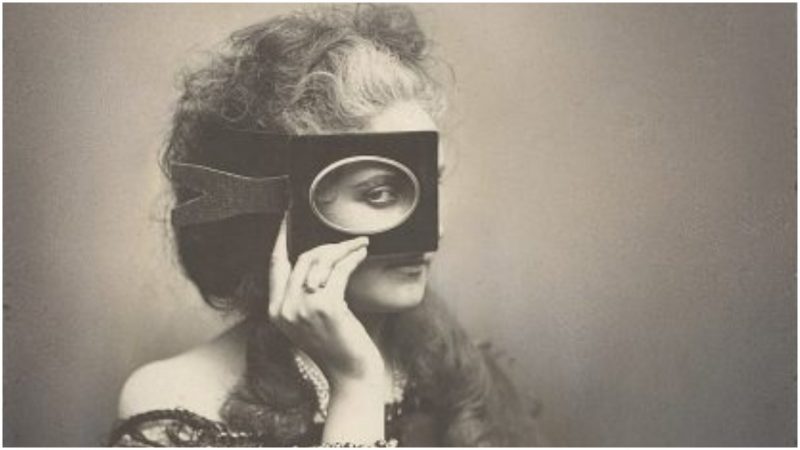Long before we all took countless photos of everything we do; before the artist, Cindy Sherman staged herself in mock film stills; before the Surrealists juxtaposed disjointed body parts with studied precision, an Italian courtesan foreshadowed all these future artistic trends.
From 1856 to 1895, the Countess di Castiglione—a great beauty and shameless narcissist—collaborated with photographer Pierre-Louis Pierson on more than 400 self-portraits. You might call her the Godmother of the staged Surrealist selfie.
The future countess was born Virginia Oldoini in 1837 in Florence; her father was a diplomat in what was then the Kingdom of Sardinia and the Piedmont.
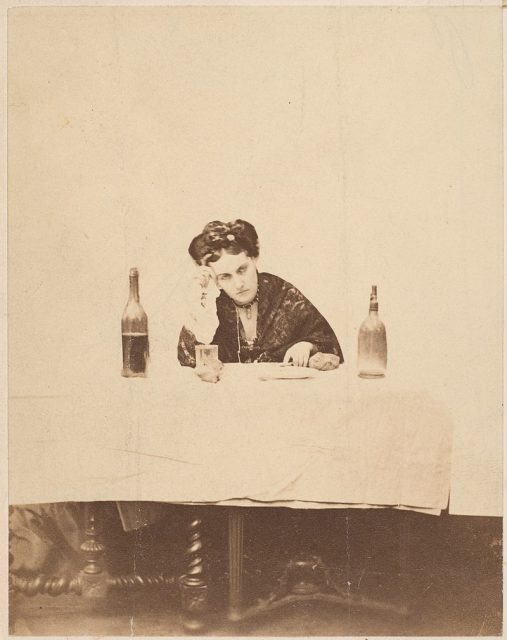
At 17, she was married to Count Francesco Verasis di Castiglione, a rich widower who was more than a decade her senior. One year later, she gave birth to their only child, a son, Giorgio.
In 1855, the Count and Countess traveled to Paris on social and political business. One of La Castiglione’s cousins, a minister to the King of Sardinia, had instructed her to help persuade Napoleon III to support the cause of Italian unification.
“Succeed by whatever means you wish, but succeed,” he reportedly told her.
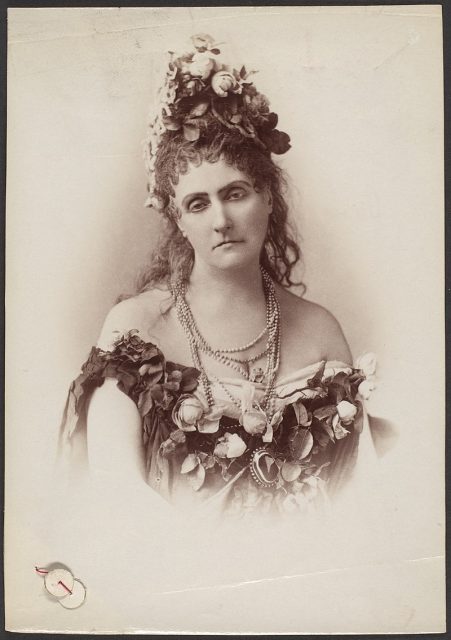
The Countess apparently took her duties so seriously that she became, ahem, unified with Napoleon herself. During their two-year affair, the Countess became a fixture on the Parisian social scene, meeting members of European royalty, influential politicians as well as Pope Pius IX .
Her flagrancy caused the Count to demand a legal separation, and their marriage dissolved, but not before she bankrupted him.
A year after arriving in Paris, La Castiglione began sitting for photographs at the imperial court’s favored studio, Mayer and Pierson, which specialized in hand-painted prints.
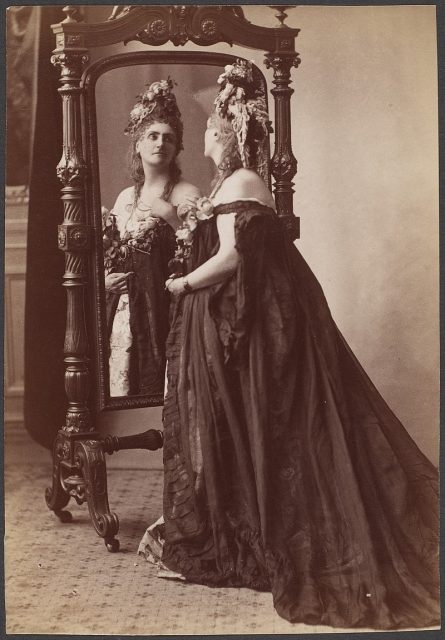
As determined as she was creative, the Countess did not sit quietly: She delighted in conceiving the pose, dress, and setting, and dictating the angle of her photos. She oversaw the printing process, and often painted on them herself, kind of like the conceptual photographer Cindy Sherman does today.
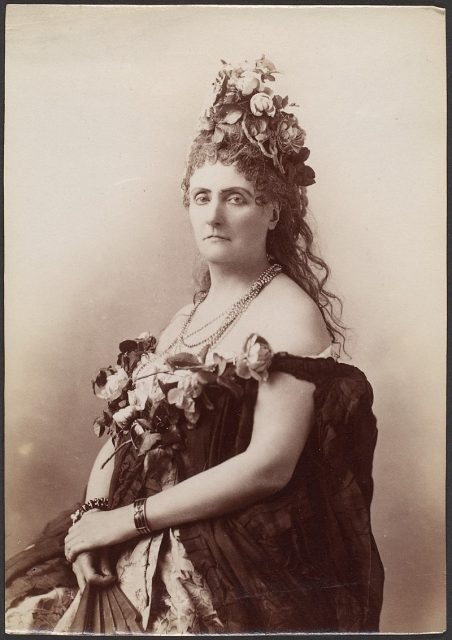
The Countess’s photographic fiction was revolutionary for the era, in which cameras were still relatively unusual.
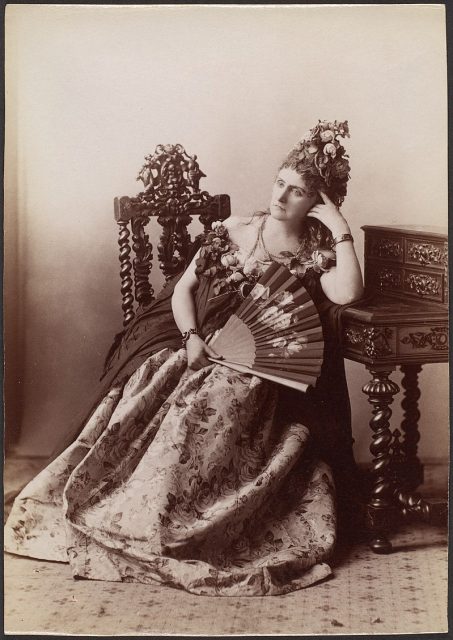
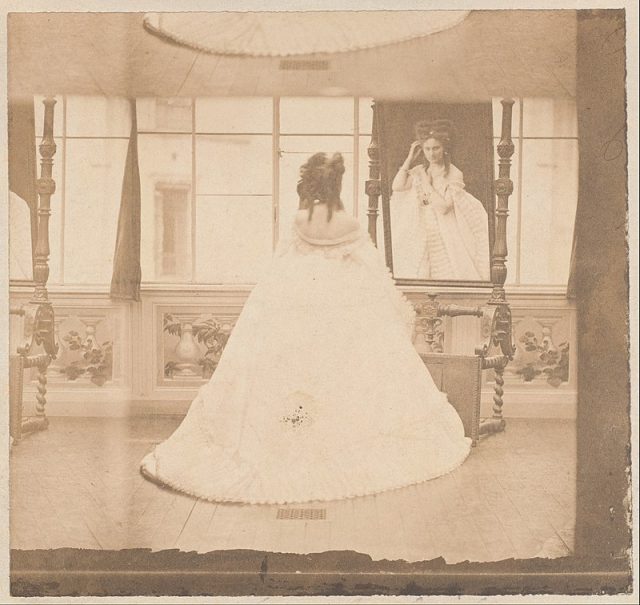
She spent a large part of her fortune on her clothing, costumes, and photos, even going into debt to fund her operatic passion.
Glamorous Hollywood leading Ladies Quotes.
She re-enacted moments in court, wearing the same gowns, included scenes and costumes inspired by theater, and dared to reveal risqué shots of her feet.
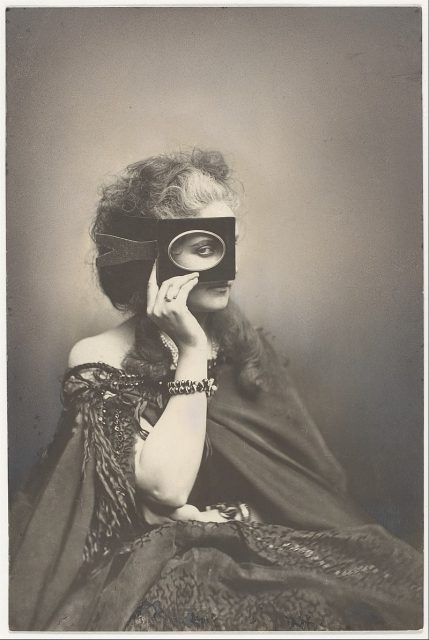
She dressed as a drunk, a nun, an invalid, and a courtesan. She posed as Lady Macbeth, Anne Boleyn, and the Queen of Hearts. In one of her most famous photographs, she peers at the camera through an oval picture frame—proto Surrealism.
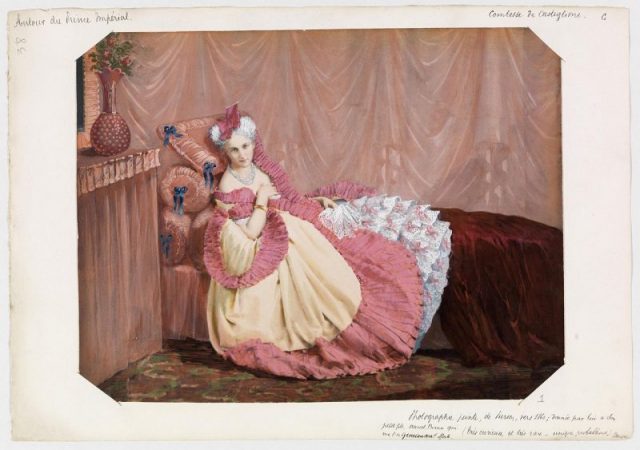
In her photos, she seemed to inhabit a role. She didn’t smile for the cameras, and didn’t pose stiffly. She was a skilled still actress, her face relaxed, sometimes almost scowling.
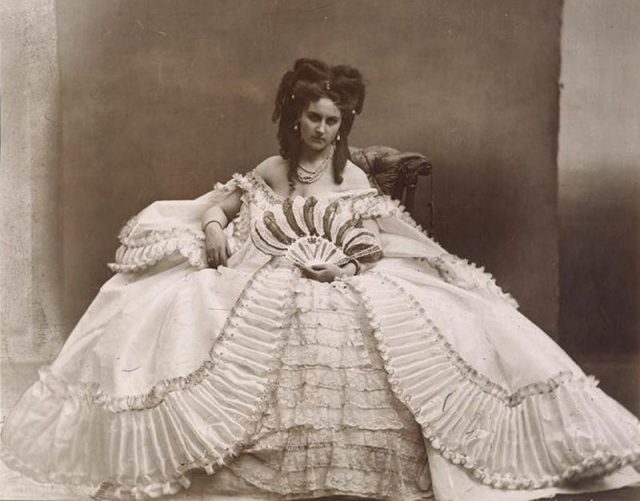
In some photos, an equally elaborately dressed young child was present—snuggling or sitting nearby. The boy may have been her son, Giorgio.
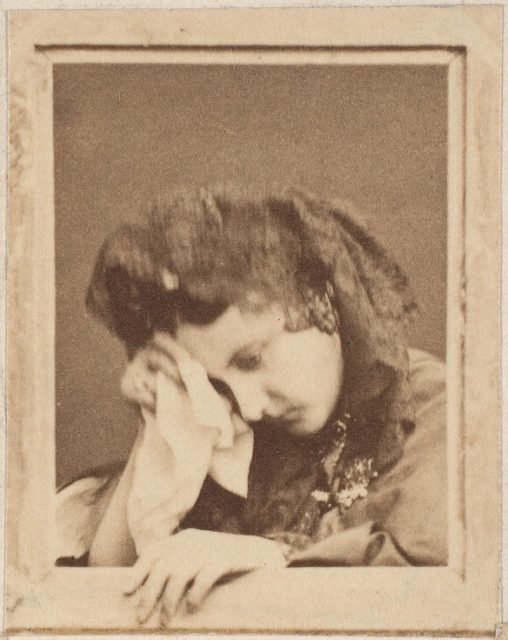
“The Eternal Father did not know what he was creating the day he sent her into the world; he modeled and modeled and when he had finished he looked at his wondrous work and was overwhelmed,” she once wrote, referring to herself in the third person, according to the Washington Post. “He left her in a corner without assigning her a place. Meanwhile, he was called away, and when he returned, he found the corner where he had left her empty.”
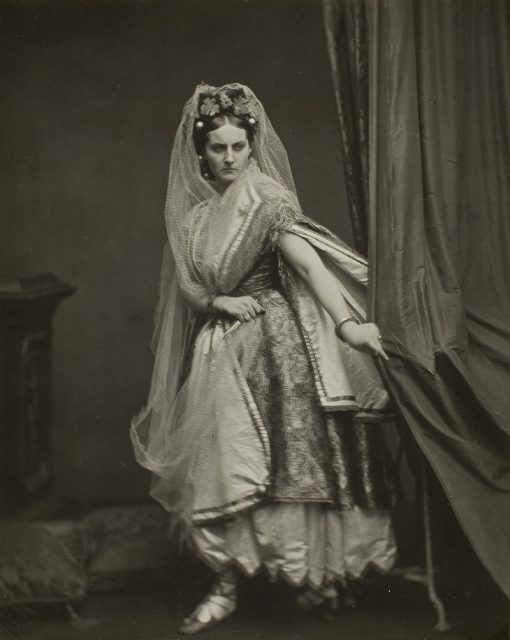
As the years passed, she became increasingly eccentric. The Countess was also famously vain: She sent albums of her portraits to her friends and would not speak to other women.
She had many powerful friends and lovers, including influential politicians and minor nobility.
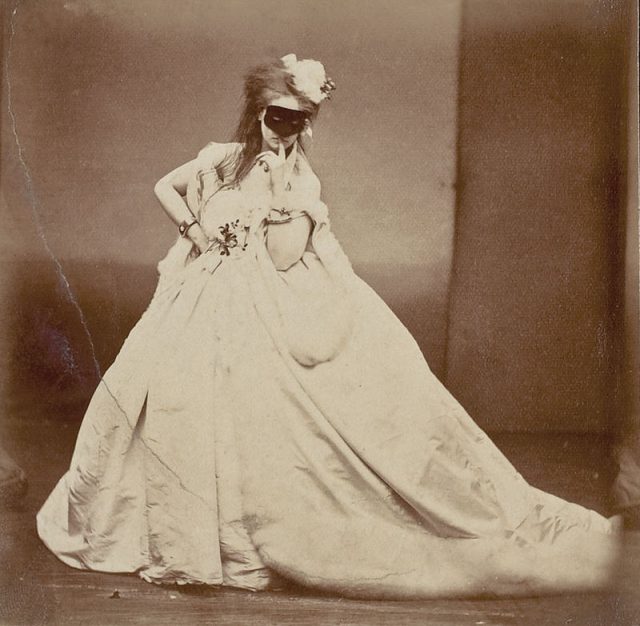
“She would appear at gatherings like a goddess descended from the clouds,” a contemporary noted, according to the New York Times, and she would “allow people to admire her as if she were a shrine.”
Her life was not all glimmer and glamour, however. As she aged, she had the photographer document her decline. Later photos show her veiled and toothless. One eerie portrait shows her in a coffin.
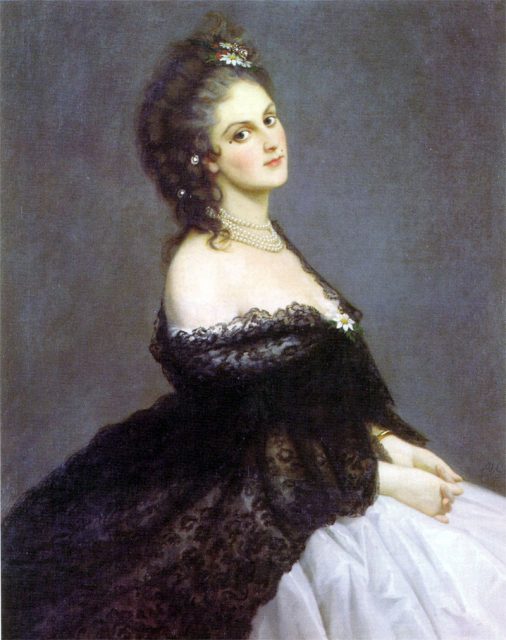
At one point, her husband attempted to take her son away from her. She sent him a photo of herself as Medea, staring daggers and holding a knife dripping blood. The photo’s title was “Vengeance.”
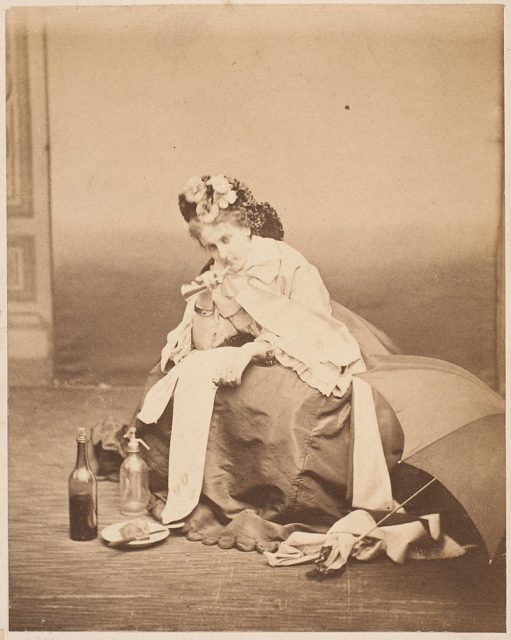
Giorgio died in 1879 from smallpox, after which the Countess retreated from the world, dressing only in black, going out only under the cover of darkness, and living in a black-walled apartment without mirrors for the next 20 years.
She died at age 63 in 1899.
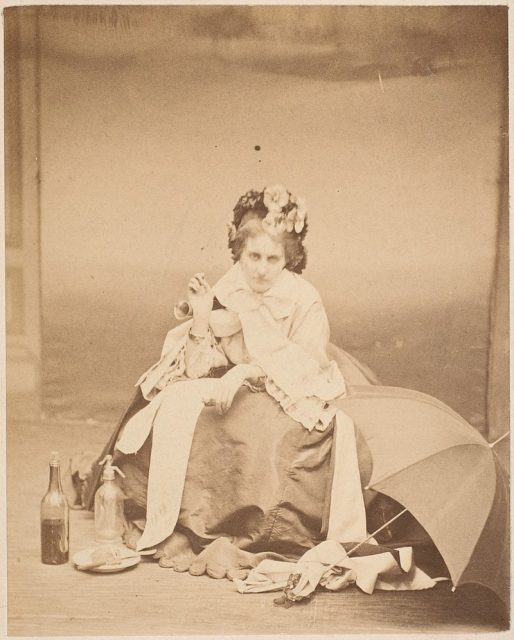
La Castiglione left behind an extensive record of photographs, which have been exhibited in such prestigious institutions as the Metropolitan Museum of Art in New York.
Whether or not selfie-takers know her name, she left behind a legacy of elaborate self-expression that thrives today.
E.L. Hamilton has written about pop culture for a variety of magazines and newspapers, including Rolling Stone, Seventeen, Cosmopolitan, the New York Post and the New York Daily News. She lives in central New Jersey, just west of New York City
